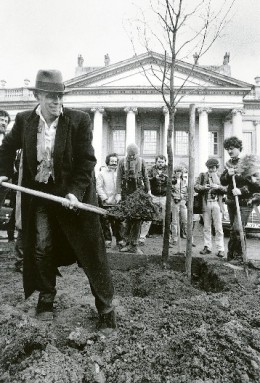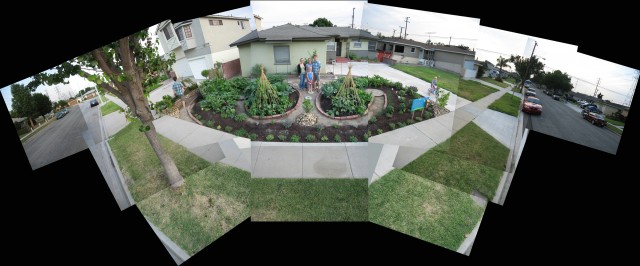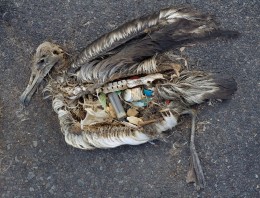By Jenny Laden, Director of Environmental Art
Let’s begin with Joseph Beuys.
An environmentalist before that was a word. I keep returning to his project 7000 Oaks
for its smart, simple answer to the problem of deforestation. Beuys was an artist who believed in action, in collaboration, in innovation and in the deep, enormous value of the natural world. He used humor, research and the power of community to create iconic works which spawned a generation of artists who both raise awareness and find solutions. Let’s discuss solutions. The focus of environmental art practice tends to be about problems – problems with how we humans treat nature, problems with our misguided understanding and ignorance of nature’s intricate systems, cycles and methods of regereration. Like most artists, environmental artists care about problems in nature – and our own human relationship to it. They want to take action, spur others into taking action, to activate the space around them and find ways for art to matter.
This is what inspires me most in this work – the passion and dedication to finding solutions. Their clear minded thinking that yes, they can help, they can do something worthwhile with their art work, and they can use their art to move beyond the pointing out of problems. Regardless of the continued human devastation of the natural world , some of us still think it is worthwhile to search for solutions and educate the public to seek their own. Maybe, somehow, these solutions will surface, will be adopted here and there, eventually to become integrated into how we all live. Green roofs, community gardens, composting, recycling – these seemingly obvious remedies were not practiced at all 40 years ago. The blend of artistic imagination with the knowledge about ecological mechanics is a recipe for something wonderful. We shall, in fact, see.



